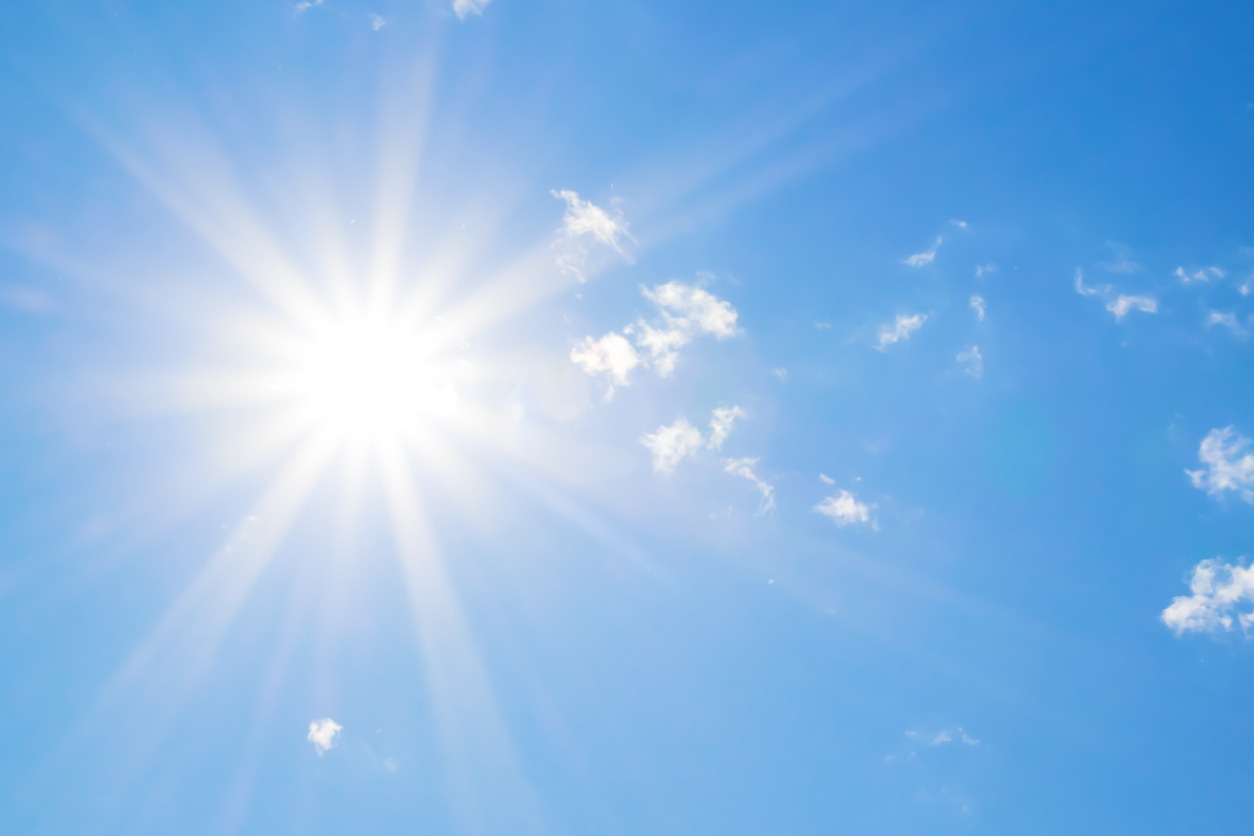It’s hard to know exactly how often extreme weather will hit us, like the 2021 heat wave that killed 619 people in BC, because we don’t have enough data, says atmospheric scientist Rachel White.
To know if it was a one in 1,000 year event, or one in 100,000 year event we’d need many thousands of years of weather data. Instead we’ve got about 100, she says.
Here’s what we do know: heat waves are directly tied to climate change because they’re all about temperature. As we increase global warming, we increase how hot every heat wave will be.
Because humans created climate change by burning fossil fuels for power they also have the power to limit how much the climate changes by reducing the amount of much greenhouse gasses they produce.
By reducing the emissions we produce we’ll reduce the impacts of climate change for future generations.
WEATHER WONDERS

How hot is your block?
Investigate your neighbourhood!
How do BC's plants and animals react to extreme weather?
New workshop for Grades K - 3
What is the main cause of a heat wave?
During the last million years the difference between a glacial and interglacial period has been five degrees. If cooling five degrees means one-third of the planet is covered in ice, what would warming it five degrees mean?
Weather is made up of high pressure systems, which come with sunny skies, and low pressure systems, which typically bring clouds and stormy weather, White says.
A heat wave happens when a large high pressure system settles over an area for a few days or more and blocks low pressure systems from moving in.
Because there are no clouds in the sky the sun beats down, warming an area White says. Those warm temperatures evaporate moisture from the landscape and the high pressure system pulls hot air from high up in the atmosphere down to the surface of the planet.
Air high in the atmosphere is hotter than air on the surface of the planet but because the molecules are spaced out it feels cooler.
When the air is pulled to the surface of the planet it condenses and humans can feel its temperature.
There are a couple ways climate change is impacting heat waves, White says. First, by warming the planet we’re creating more hot days and hotter heat waves.
Next, it’s possible that climate change will cause more atmospheric blocking patterns Atmospheric blocking patterns refer to the phenomenon where a high-pressure system remains stationary over a region for an extended period, preventing other weather systems from moving in. This can lead to prolonged periods of certain weather conditions, such as heat waves. that make high pressure systems stick around longer — though scientists are still debating this, White says.
Finally, hotter temperatures will make more moisture evaporate from an area earlier in a season, potentially leading to even hotter heat waves.
Water in the soil, lakes and rivers and vegetation can help keep the surface cooler — think of this as the difference between stepping on damp grass or the hot, dry sidewalk with bare feet in the summer, White says. You’ll find wetter places are cooler under your feet!
Climate change will also impact other extreme weather events.
Global warming will make droughts more frequent and hurricanes stronger, White says — though scientists aren’t sure if the number of hurricanes will change. Scientists also aren’t sure if climate change will impact tornadoes. More tornadoes are being recorded but that could be because people live in more places where tornadoes form and can take pictures and report more tornadoes to scientists.
Curious about climate science in BC?
Explore the science and solutions for regenerating our planet on Change Reaction.